On 5 July 1948 the National Health Service (NHS) was born, offering free healthcare for all for the first time ever.
Arriving at a moment of social and political upheaval, the NHS transformed the health and wellbeing of the nation and is now considered by many to be Britain’s greatest achievement.
Since the NHS was founded, not only have illnesses, technologies, and budgets changed, but the UK population has grown vastly and aged in demographic. In 1948 life expectancy was 66 for men and 70 for women. Today, it is 79.2 and 82.9 respectively.
With an aging population, as well as increased demand and expectations, pressures on the NHS are higher than ever before.
This blog post explores 70 years of the NHS in 7 objects: one for each decade.
To represent the NHS, an ideal and a concept, through objects has been a challenging and fascinating feat.
Spectacles
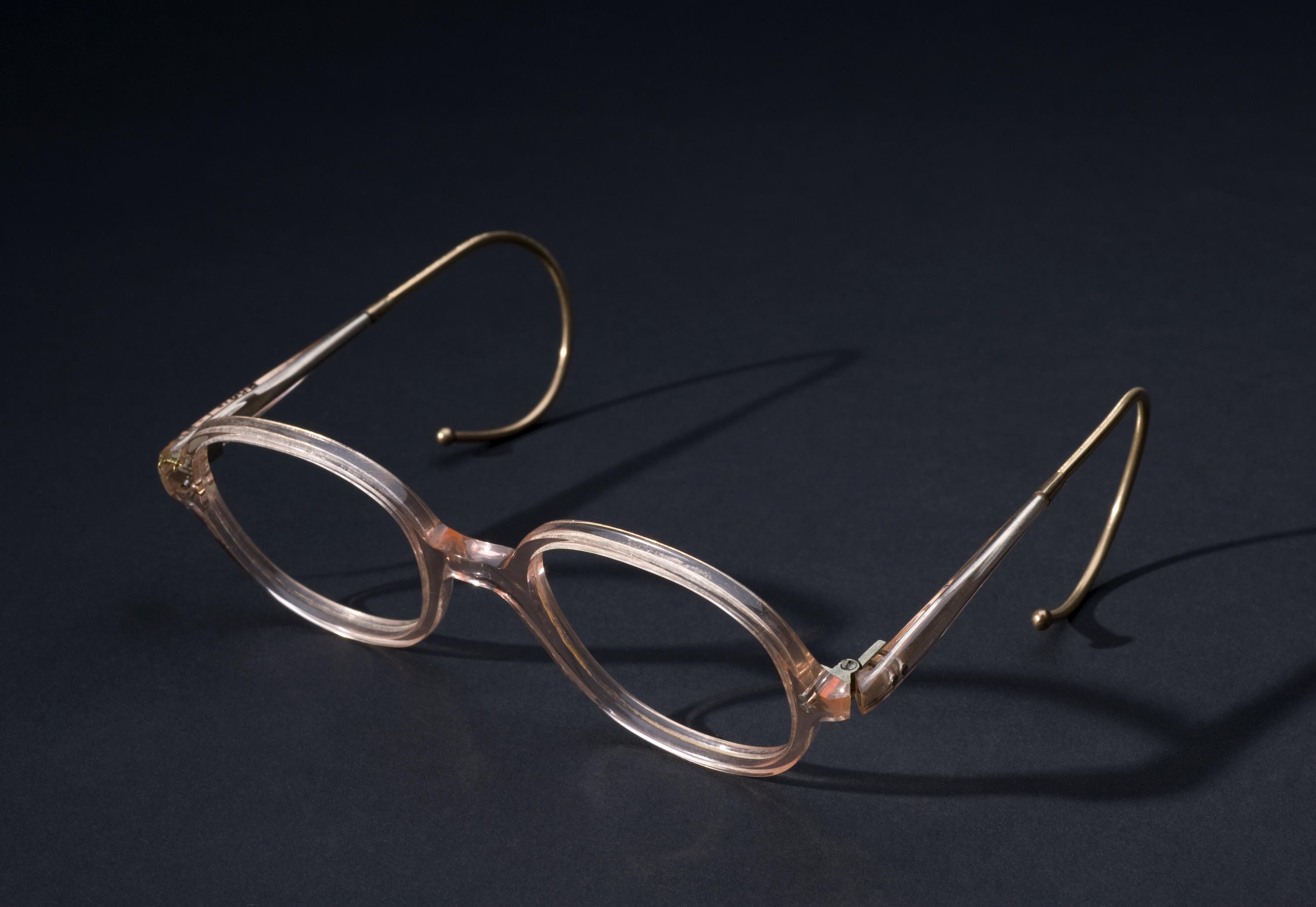
Free spectacles were one of the first provisions offered by the newly formed NHS. For many people at this time, spectacles would have been a large expense, only affordable to the wealthy or through schemes like National Health Insurance.
Public demand was huge, far exceeding the government’s predictions. In the first year alone, the provision of spectacles cost the NHS almost five times more than expected.
Spectacles such as these were mass-produced to be cheap and robust and showed little imagination or design flare. The limited range of NHS frames available later led them to become a social stigma.
Like me you might be thinking, glasses today are not so dissimilar… though today this style is a fashion statement.
The Pill

The oral contraceptive, better known simply as ‘the pill’, was first made available through the NHS in the 1960s. This revolutionary contraceptive allowed women to control their own fertility, dramatically contributing to women’s liberation and to the sexual freedom of the so-called “Swinging Sixties”.
Initially, the pill was only made available to married women, but this law was relaxed in 1967 and by 1974 all contraceptive advice and prescriptions were free of charge on the NHS, irrespective of age or marital status.
It is estimated that 70% of all women in Britain have used the pill at some stage in their lives. And though this tiny pill still attracts strong and conflicting opinions, it is impossible to deny the impact it has had and continues to have on women’s lives.
EMI CT BRAIN SCANNER
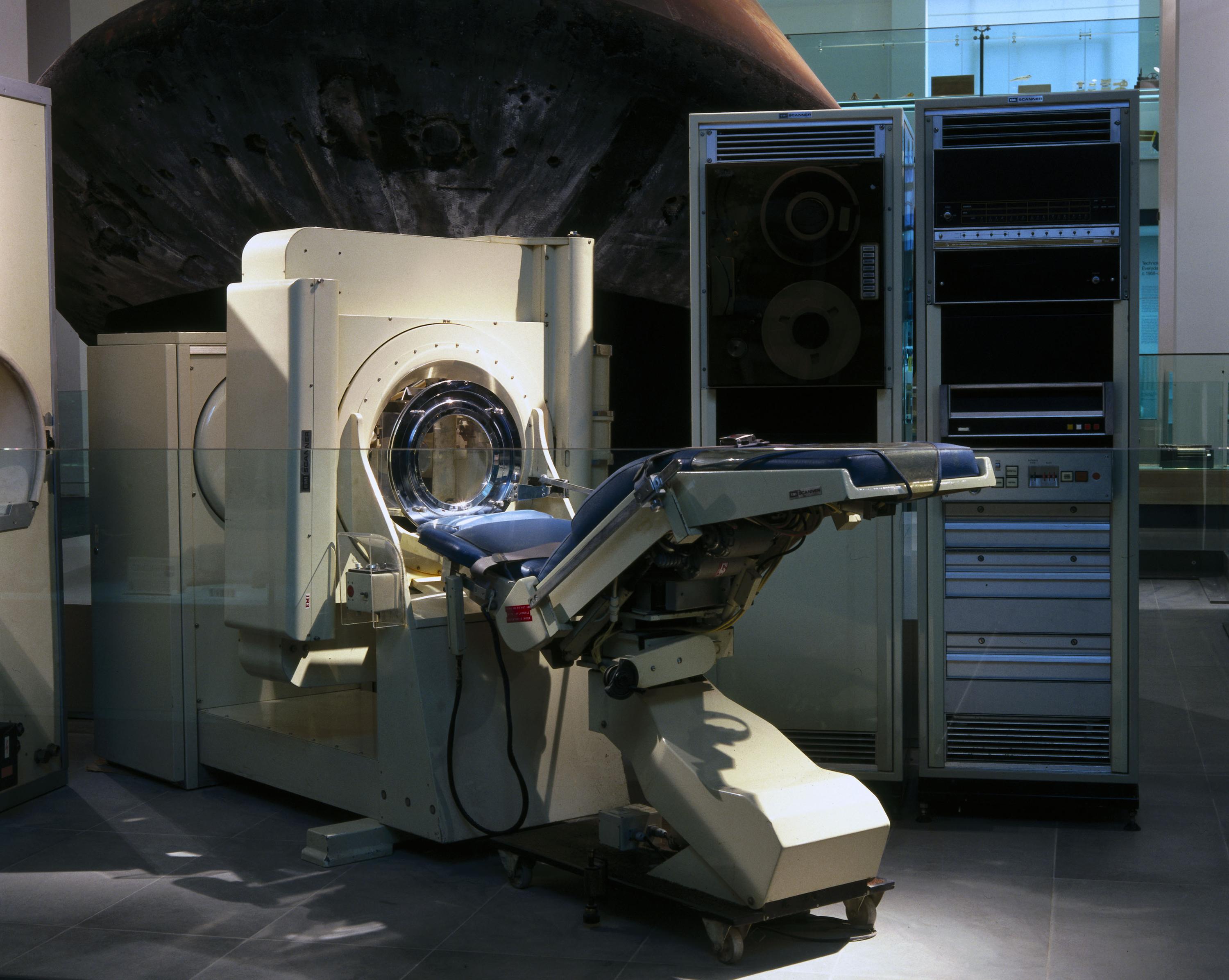
In 1972 CT scanners transformed the way doctors examine the body. Using a technique called computerised tomography (CT), images are built up from a large series of measurements taken by an X-ray source and detector. This remarkable technology, designed by Godfrey Hounsfield at EMI, enabled medical professionals to view detailed images of patients’ brains for the first time.
This brain scanner was the model used in the first trials on patients in 1971. After its introduction, the EMI brain scanner, though expensive, was adopted in substantial numbers for medicine.
‘MEASLES IS MISERY’ POSTER

The NHS has been instrumental in providing childhood vaccinations free of charge.
In 1968 when the vaccination against measles was first introduced, the number of cases a year varied between 160,000 and 800,000. Take up was low for many years following its introduction and measles remained a major cause of infant death.
When the MMR (measles, mumps and rubella) vaccine was introduced in 1988, health education posters such as this played a substantial role in encouraging public participation, resulting in reports of measles falling dramatically.
KIDNEY DONOR CARDS
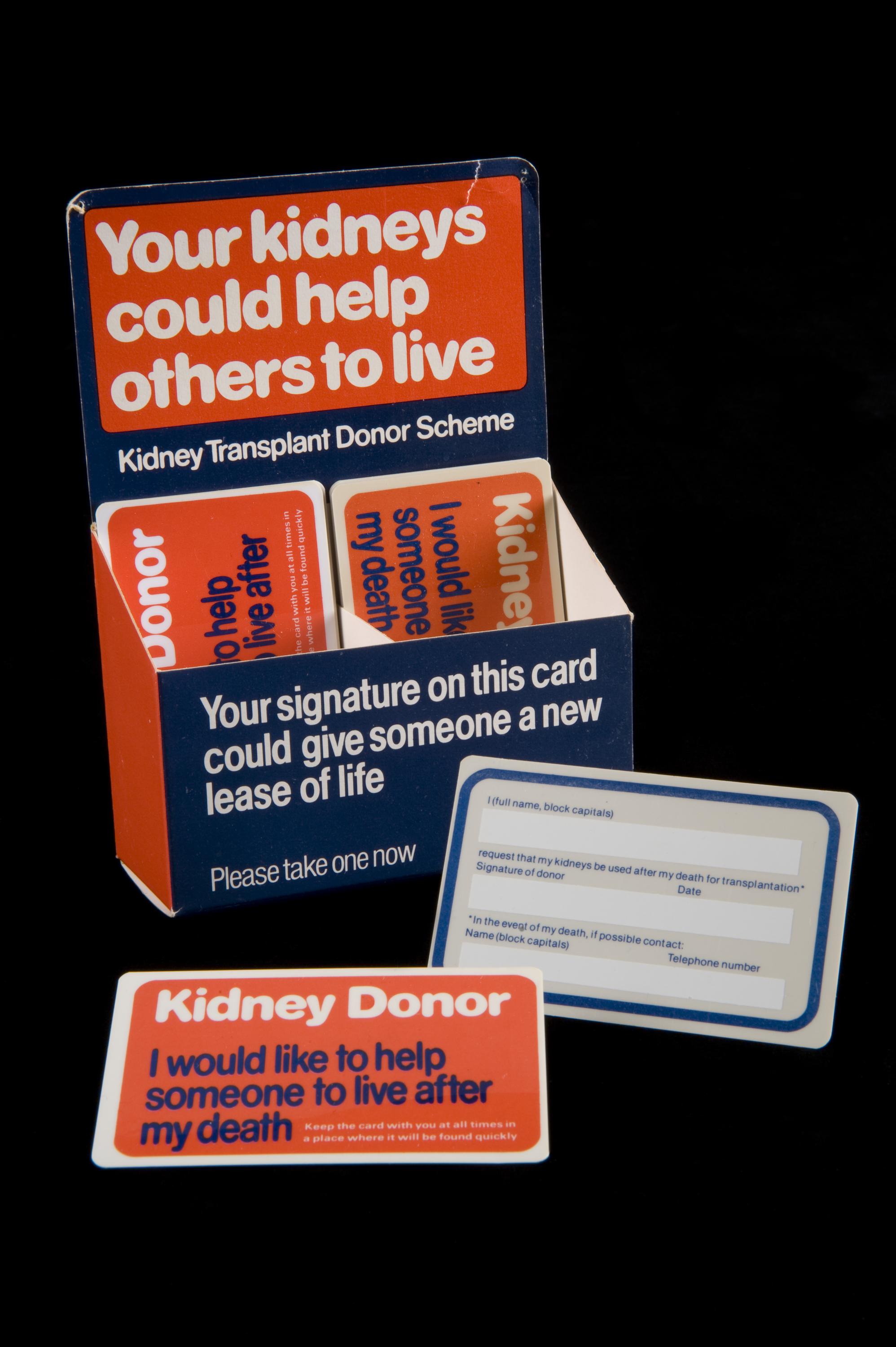
The NHS has played a significant role in organ transplant, with the first kidney, heart and liver transplants occurring in the 1960s.
Kidney donor cards were the first organ donor cards established by the NHS in 1971. In the 1980s, these donor cards were amended to include other organs such as the heart and liver. But despite millions of individuals carrying such cards, it wasn’t until 1994 that the Organ Donor Register was set up by the NHS.
With the launch of the Donor Register it was made easier for individuals to sign up and express their wishes. The scheme was an invaluable introduction with over 2.2 million people joining the database in its first year. Today there are more than 24 million donors ‘opted in’ on the register (roughly 38% of the UK population).
There continues to be a shortage of donor organs and supplying the high demand relies solely on voluntary registration.
PARAMEDIC BIKE
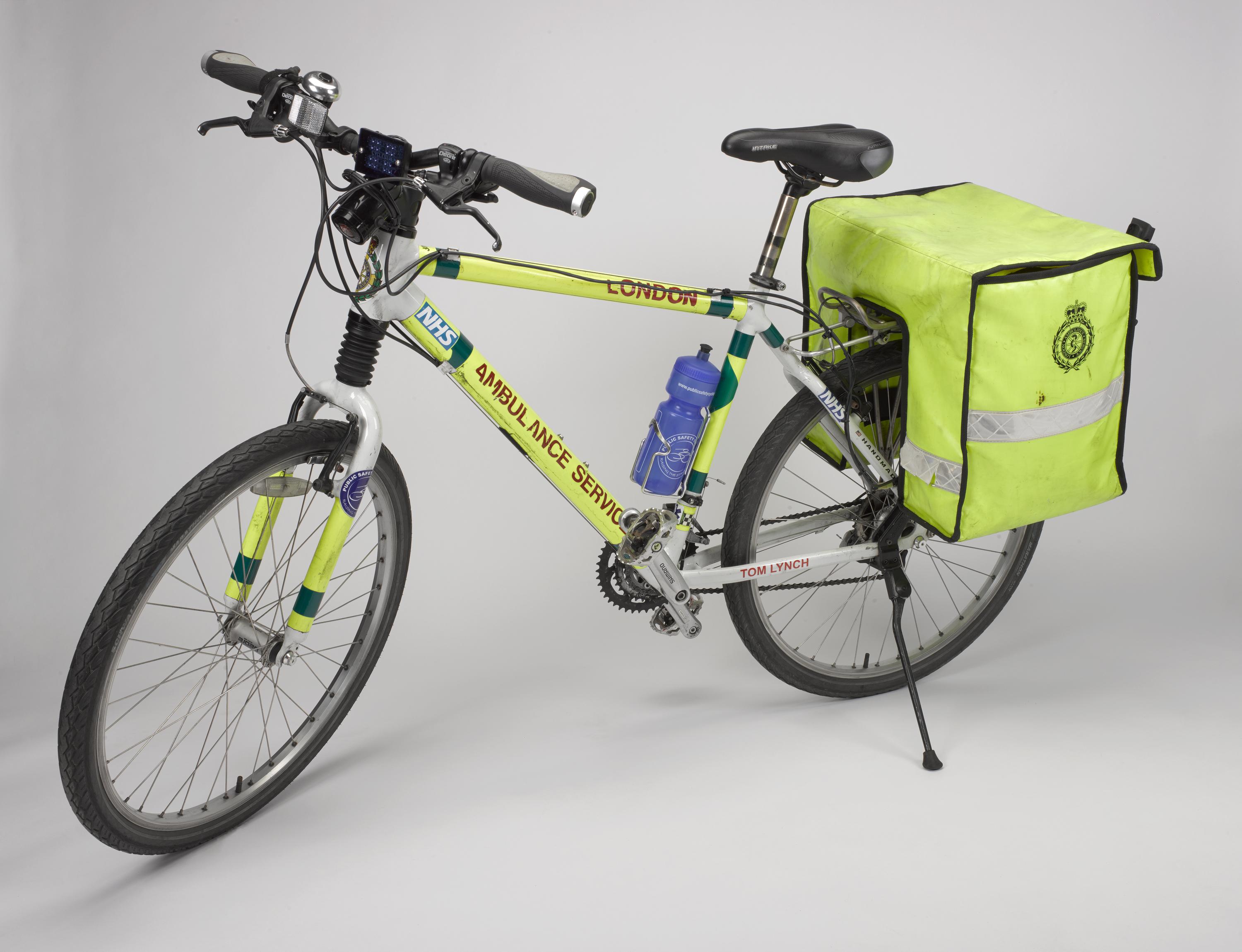
Paramedic bikes are now a familiar sight for many people living in large cities, but the ambulance Cycle Response Unit (CRU) was only established in the early 2000s.
The idea to form the CRU came from former British BMX racing champion Tom Lynch MBE. After retiring from competing aged 22, Tom re-trained as a paramedic.
As anyone who’s attempted to drive through London will know, traffic can be congested and progress unbearably slow. It was this that caused Tom to consider reaching an incident by bike.
In 2000 the NHS agreed to trial a paramedic cycle service. In the trial’s first hour alone, Tom received and answered five calls and cancelled 5 ambulances.
Today, there are more than 120 pedalling paramedics, providing the NHS with approximate savings of up to 6000 hours per year in ambulance time. This not only helps ease pressure on A&E departments but also saves the NHS around £1million a year.
3D PRINTED KIDNEY
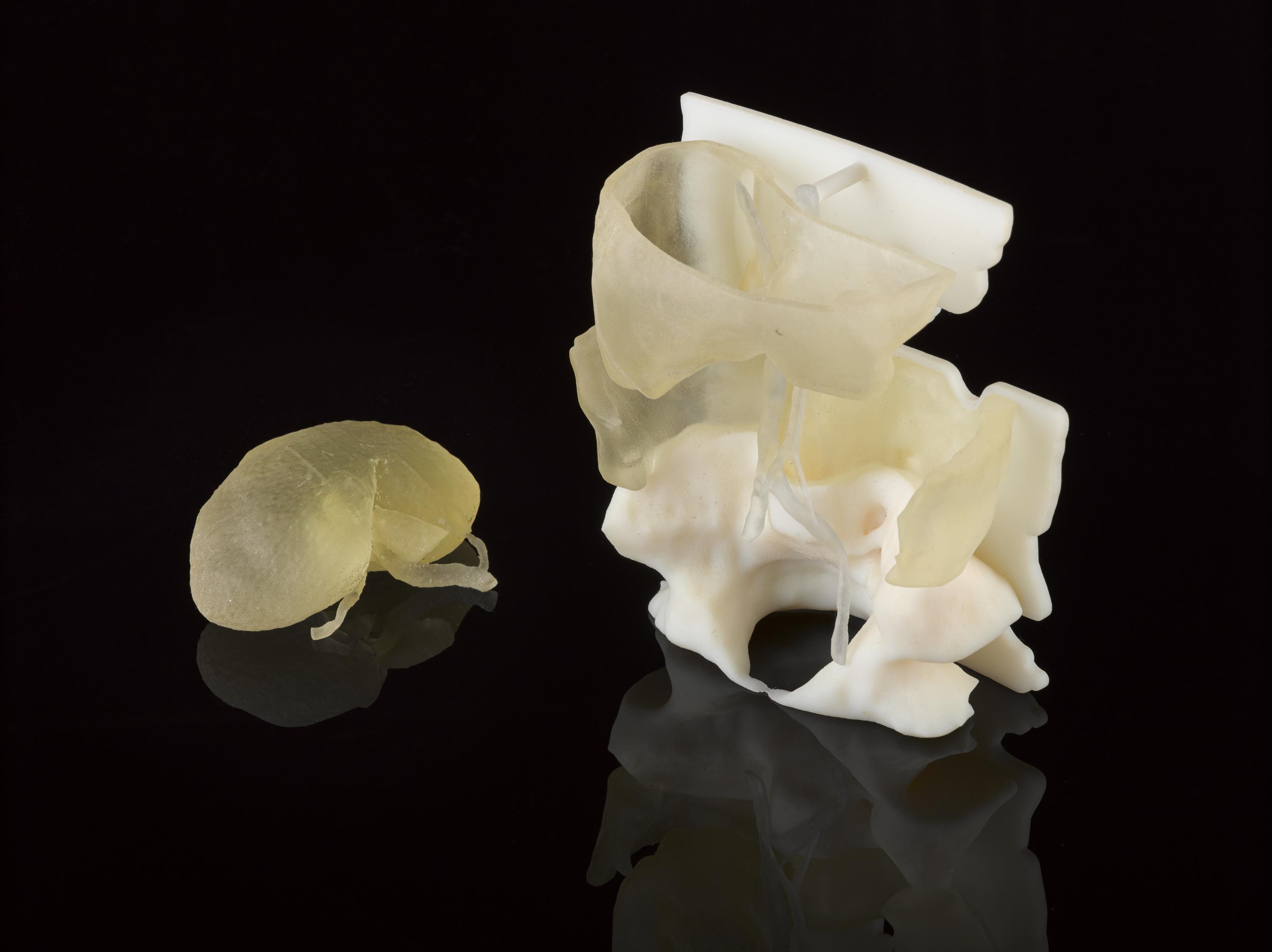
New research is constantly being developed from within the NHS. With technology evolving, researchers are striving to provide new and improved medical practices.
It might be hard to imagine the relationship between a 3D printer and life-changing transplant surgery, but in 2016 the world’s first 3D printed models were used by surgeons to plan a successful kidney transplant.
These remarkable 3D printed objects were created from MRI scans of a father’s kidney and his two-year-old daughter’s abdomen, in preparation for a kidney transplant operation between parent and child.
Surgeon Pankaj Chandak from Guys and St Thomas’ Hospital Trust developed the idea of using 3D printed models to help plan complex operations outside the high-pressure environment of the operating theatre.
SUMMARY
For many people living in Britain today, the NHS has been a constant backdrop to our encounters with health – from the cradle through to the grave.
It’s impossible to predict where the NHS will be in another 70 years. Who knows what the technologies and policies of the future will hold.
Join us at the Science Museum on Wednesday 25 July 2018 for our special NHS Lates.
You can see many of these objects and find out more about the story of the NHS in the Science Museum’s new Medicine Galleries which open in autumn 2019.